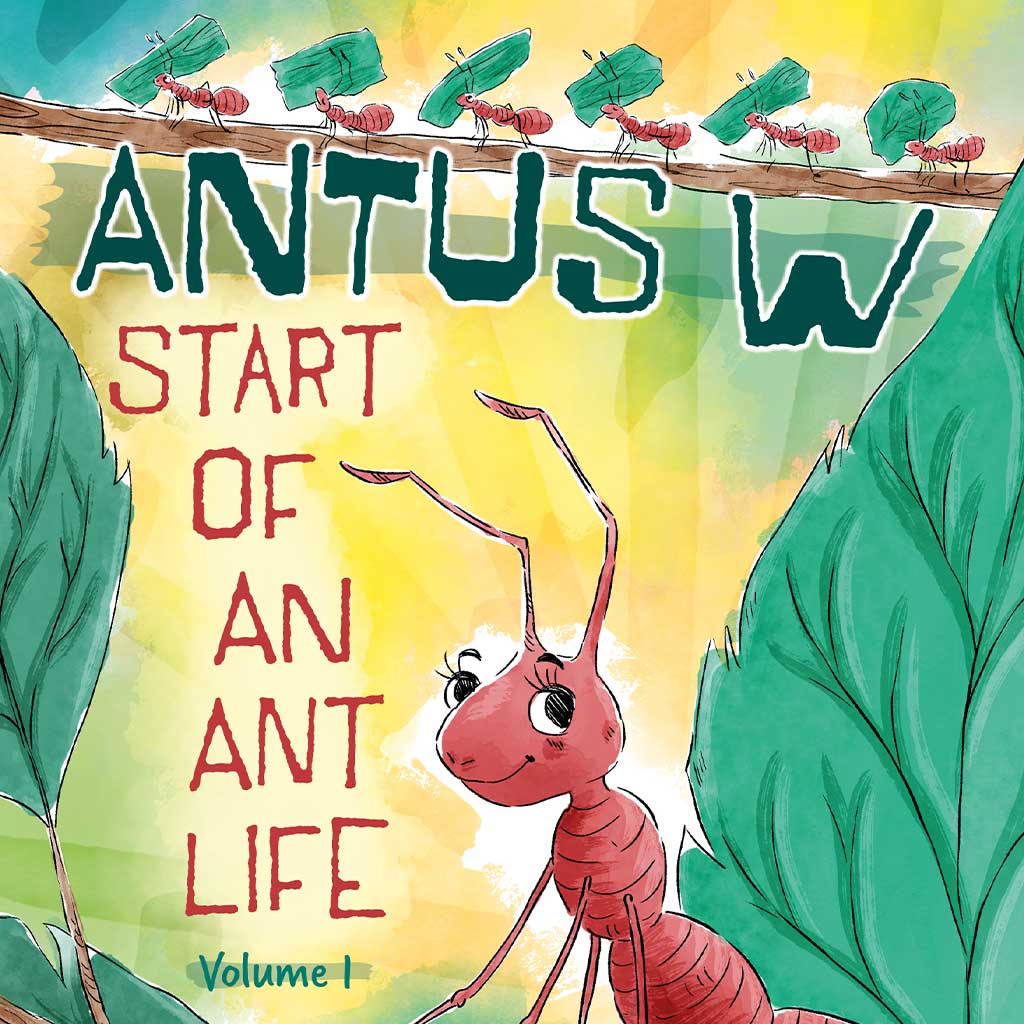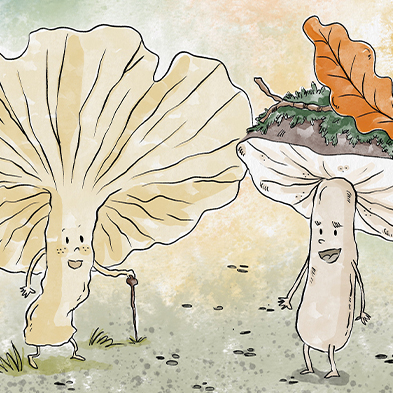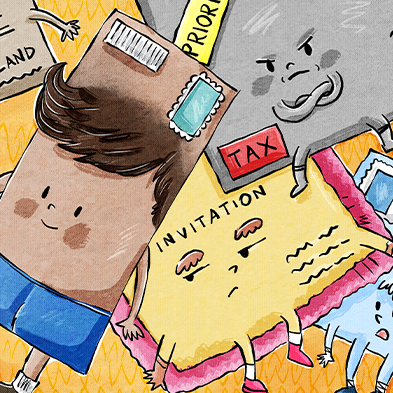Marketing children’s books presents a unique set of challenges for authors in an increasingly competitive industry. With countless titles vying for the attention of young readers and their parents, it is essential for authors to find effective ways to stand out and build a loyal fanbase. Traditional marketing methods that focus solely on direct selling often fall short in capturing the hearts and minds of today’s discerning audience. Instead, children’s book authors must prioritise strategies that cultivate brand loyalty by delivering value, entertainment, and a sense of community to their readers. By shifting away from a sales-centric approach and towards a reader-centric one, authors can foster genuine connections with their audience, leading to long-term success and a thriving career in the world of children’s literature.
This article will explore the key elements of a successful marketing strategy for children’s book authors, highlighting the importance of providing value, entertaining content, and a strong author-reader community.
The Pitfalls of Direct Selling for Children’s Book Authors
In the past, many children’s book authors have relied heavily on direct selling techniques to promote their work, such as book signings, school visits, and promotional events. While these methods can generate short-term sales, they often fail to create a lasting impact on reader engagement and loyalty. Focusing solely on book sales and promotions can come across as impersonal and transactional, making it difficult for authors to build genuine connections with their audience.
Moreover, in today’s digital age, readers have come to expect more from their favourite authors than just a sales pitch. They seek out authentic interactions, valuable content, and a sense of community that goes beyond the pages of a book. By prioritising direct selling over these essential elements, authors risk alienating potential readers and hindering their long-term success.
Direct selling also tends to be time-consuming and resource-intensive, requiring authors to invest significant effort into planning and executing promotional events. This can detract from the time and energy they could be spending on creating new, high-quality content and engaging with their audience in more meaningful ways.
Furthermore, a direct selling approach may not be as effective in reaching today’s digitally savvy readers, who are more likely to discover and engage with authors online. By neglecting to build a strong online presence and cultivate a loyal digital following, authors may miss out on valuable opportunities to connect with their audience and expand their reach.
In light of these challenges, children’s book authors must embrace a more holistic and reader-centric approach to marketing, one that prioritises value, entertainment, and community-building over direct selling. By doing so, they can create a strong foundation for lasting success and a loyal fanbase that will support them throughout their careers.

Providing Value to Readers and Parents
One of the most effective ways for children’s book authors to cultivate brand loyalty is by providing value to their readers and their parents beyond the books themselves. This involves creating engaging and educational content that complements the themes and messages of their books, offering additional resources and activities that enrich the reading experience.
For young readers, authors can create interactive content such as printable colouring pages, puzzles, and games that tie into the characters and stories featured in their books. These activities not only entertain children but also help to reinforce their connection to the author’s work, encouraging them to seek out more of their books in the future.
Parents and educators are always on the lookout for resources that can help them support their children’s learning and development. By offering tips, guides, and lesson plans related to the themes and subjects covered in their books, authors can position themselves as valuable partners in a child’s educational journey. This can include everything from reading comprehension questions and discussion prompts to suggestions for related activities and crafts.
In addition to educational content, authors can also provide value by sharing their expertise and insights on topics related to children’s literature, literacy, and child development. This can take the form of blog posts, articles, or even podcast episodes that offer parents and educators valuable information and advice.
By consistently delivering high-quality, valuable content to their readers and their parents, children’s book authors can establish themselves as trusted resources and thought leaders in their field. This, in turn, can lead to increased brand recognition, reader loyalty, and word-of-mouth recommendations.
Moreover, providing value through additional content and resources helps to keep readers engaged with an author’s work even between book releases. By maintaining a steady stream of valuable content, authors can keep their audience interested and invested in their brand, making it more likely that they will purchase future books and recommend them to others.
To effectively provide value to readers and parents, children’s book authors must take the time to understand their audience’s needs, interests, and concerns. By tailoring their content and resources to address these specific areas, authors can create a more personalised and impactful experience for their readers, fostering a deeper sense of connection and loyalty.
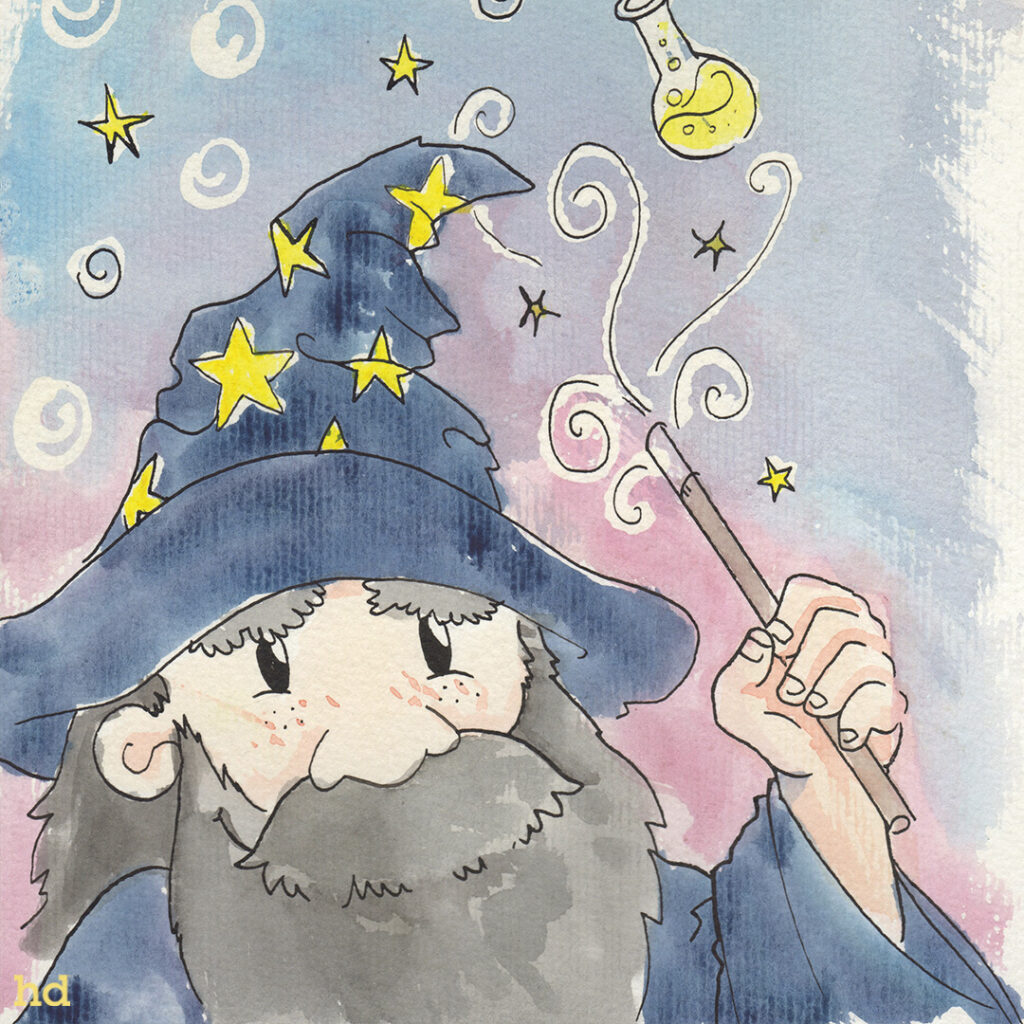
Entertaining and Delighting Young Readers
In addition to providing educational value, children’s book authors must also focus on entertaining and delighting their young readers. After all, the most successful children’s books are those that capture the imagination, spark joy, and create a sense of wonder in the minds of their audience.
One powerful way to entertain young readers is by developing interactive and immersive experiences related to the characters, settings, and themes of an author’s books. This can include creating online games, virtual reality adventures, or even augmented reality apps that allow children to engage with the story world in new and exciting ways.
For example, an author might create a virtual treasure hunt that challenges readers to solve puzzles and uncover clues related to their book’s plot, or design an interactive map that allows children to explore the fictional world they have created. These experiences not only entertain children but also deepen their connection to the author’s work, making them more likely to become loyal fans.
Social media and digital platforms offer another valuable opportunity for children’s book authors to entertain and engage with their audience. By creating fun, interactive content such as polls, quizzes, and challenges related to their books, authors can encourage children to participate and share their experiences with others.
In addition, authors can use social media to host live events, such as virtual book readings, draw-alongs, or Q&A sessions, which provide young readers with the chance to interact with their favourite authors in real-time. These events can be incredibly exciting and memorable for children, helping to cement their loyalty to the author and their work.
Another effective way to entertain young readers is by creating engaging multimedia content, such as videos, animations, or podcasts, that bring the characters and stories from an author’s books to life in new and dynamic ways. For instance, an author might create a series of animated shorts featuring the adventures of their book’s protagonists or produce a podcast that explores the behind-the-scenes creative process of writing and illustrating children’s books.
By consistently delivering entertaining and delightful content, children’s book authors can capture the hearts and minds of their young readers, fostering a deep sense of affection and loyalty towards their brand. This emotional connection can be incredibly powerful, as it not only encourages children to seek out more of the author’s work but also inspires them to share their enthusiasm with friends and family.
By prioritising entertainment value in their marketing efforts, children’s book authors can differentiate themselves from competitors and create a unique brand identity that resonates with their target audience. In a crowded market, being known as an author who consistently delivers joy, laughter, and excitement can be a significant advantage, helping to attract new readers and maintain the loyalty of existing ones.
Building a Strong Author-Reader Community
Building a strong and engaged community around their work is one of the most valuable things children’s book authors can do to cultivate brand loyalty and ensure long-term success. When readers feel a sense of connection and belonging not only to an author but also to their fellow fans, they are more likely to become passionate advocates for the author’s work, spreading the word and helping to attract new readers.
One key way to foster a sense of community among readers is by encouraging participation and user-generated content. This can involve inviting children to share their own stories, artwork, or ideas related to an author’s books, either through social media, a dedicated website, or even in-person events.
For example, an author might run a contest where readers are asked to create their own illustrations for a favourite scene from one of their books or write a short story featuring the characters from their series. By showcasing and celebrating this user-generated content, authors can make their readers feel valued and appreciated, strengthening the bond between the author and their audience.
Another effective way to build community is by creating exclusive experiences and rewards for loyal readers. This can include offering sneak peeks of upcoming books, providing access to special merchandise or events, or even creating a membership program that offers perks and benefits to dedicated fans.
By making readers feel like they are part of an inner circle or VIP group, authors can deepen their sense of connection and loyalty to the brand. This exclusivity can also generate excitement and buzz around an author’s work, as readers eagerly share their experiences with others and seek to recruit new members to the community.
Collaborating with other children’s book authors can also be a powerful way to build community and expand an author’s reach. By partnering with creators who share similar values, themes, or target audiences, authors can tap into new networks of potential readers and create a sense of camaraderie and shared purpose among their fans.
This can take the form of joint book promotions, co-authored projects, or even crossover events where the characters and worlds of different authors intersect. These collaborations not only provide fresh content and experiences for existing fans but also help to introduce an author’s work to new audiences who may be fans of their collaborators.
In addition to these strategies, authors can also foster community by being active and engaged with their readers on social media and other online platforms. By responding to comments, sharing behind-the-scenes glimpses into their creative process, and encouraging conversations and discussions around their work, authors can create a sense of personal connection and accessibility that readers value.
Ultimately, building a strong author-reader community is about creating a shared sense of identity, purpose, and belonging around an author’s work. By inviting readers to be active participants in the world they have created and providing them with opportunities to connect with one another, authors can cultivate a loyal and passionate fanbase that will support and champion their work for years to come.
The impact of a thriving author-reader community cannot be overstated. Not only does it lead to increased book sales and reader retention, but it also creates a powerful word-of-mouth marketing engine, as satisfied readers eagerly recommend an author’s books to friends, family, and online followers. In an increasingly competitive market, this kind of organic, reader-driven promotion can be far more effective than traditional advertising in attracting new readers and building long-term success.
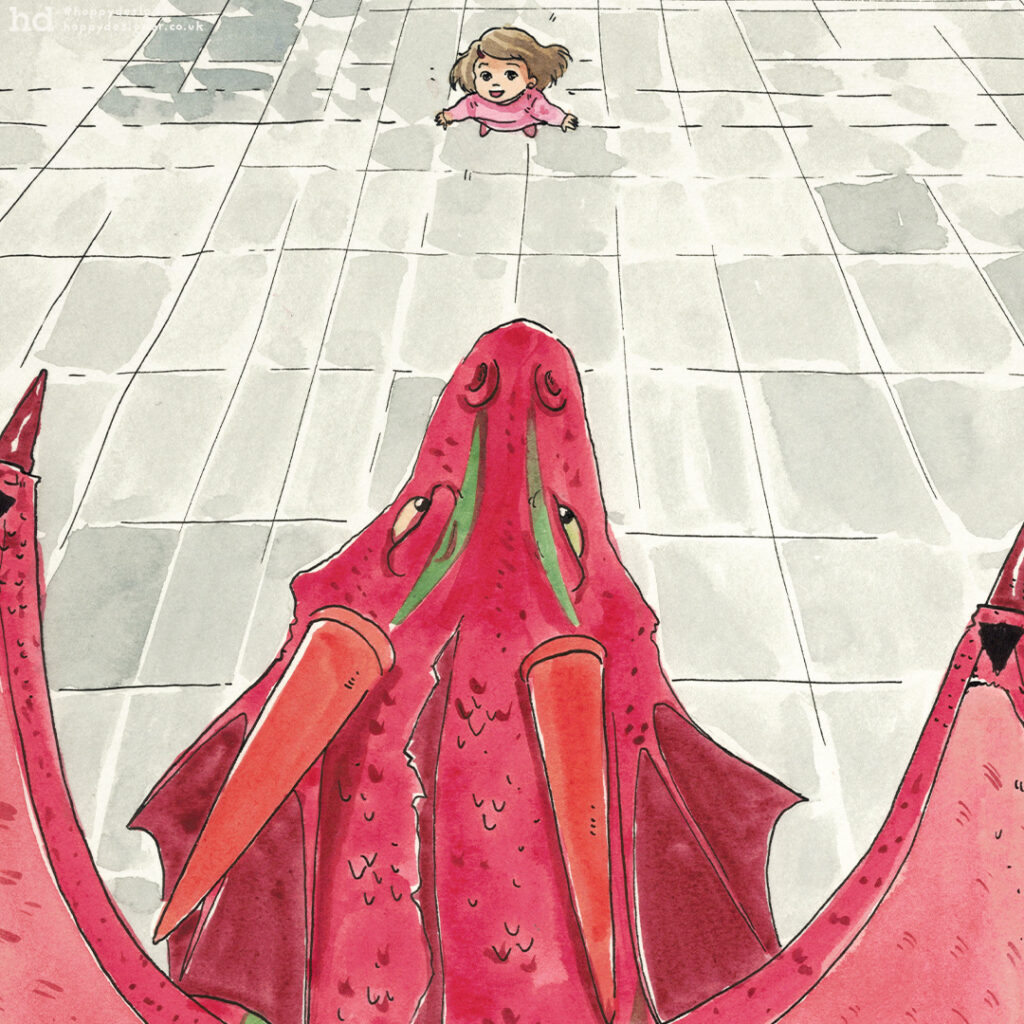
Measuring and Optimising Reader Engagement
To ensure the success of their marketing efforts, children’s book authors must consistently measure and optimise reader engagement. By tracking key performance indicators (KPIs) and analysing data and feedback from their audience, authors can gain valuable insights into what is working well and where there is room for improvement.
One essential KPI for children’s book authors to track is social media engagement, including metrics such as likes, comments, shares, and follower growth. These indicators can provide a clear picture of how well an author’s content is resonating with their audience and which types of posts or campaigns are generating the most interest and interaction.
In addition to social media metrics, authors should also track website traffic, email open rates, and click-through rates to gauge the effectiveness of their online content and marketing efforts. By using tools like Google Analytics, authors can gain a deeper understanding of their audience’s behaviour, preferences, and demographics, allowing them to tailor their content and strategies accordingly.
Another crucial aspect of measuring reader engagement is gathering and analysing direct feedback from readers. This can involve conducting surveys, polls, or focus groups to gain insights into what readers love about an author’s work, what they would like to see more of, and what challenges or pain points they may be experiencing.
By actively seeking out and listening to reader feedback, authors can demonstrate their commitment to their audience and use these insights to inform their creative and marketing decisions. For example, if readers consistently express a desire for more interactive content or behind-the-scenes glimpses into an author’s process, authors can prioritise these types of offerings in their future plans.
In addition to tracking KPIs and gathering reader feedback, authors should also regularly review and analyse their sales data to identify trends, patterns, and opportunities for growth. By understanding which books, formats, or promotional efforts are driving the most sales, authors can make data-driven decisions about where to focus their resources and energy.
Ultimately, measuring and optimising reader engagement is an ongoing process that requires consistent attention and effort. By setting clear goals, tracking relevant metrics, and continuously refining their strategies based on data and feedback, children’s book authors can create a virtuous cycle of improvement and growth.
This process of continuous optimisation not only helps authors to better serve and connect with their existing audience but also enables them to identify new opportunities for expansion and development. For example, if an author notices a particularly high level of engagement from a specific age group or geographic region, they may choose to create targeted content or promotions to further capitalise on that interest.
By prioritising the measurement and optimisation of reader engagement, children’s book authors can ensure that their marketing efforts are not only effective but also sustainable over the long term. Rather than relying on one-time campaigns or short-term sales boosts, authors who consistently track and adapt to their audience’s needs and preferences can build a loyal and ever-growing fanbase that will support their work for years to come.
In a rapidly evolving market where reader attention is increasingly fragmented and competitive, the ability to effectively measure and optimise engagement is no longer a luxury but a necessity. By embracing this data-driven approach to marketing and community-building, children’s book authors can position themselves for lasting success and impact in the world of children’s literature.
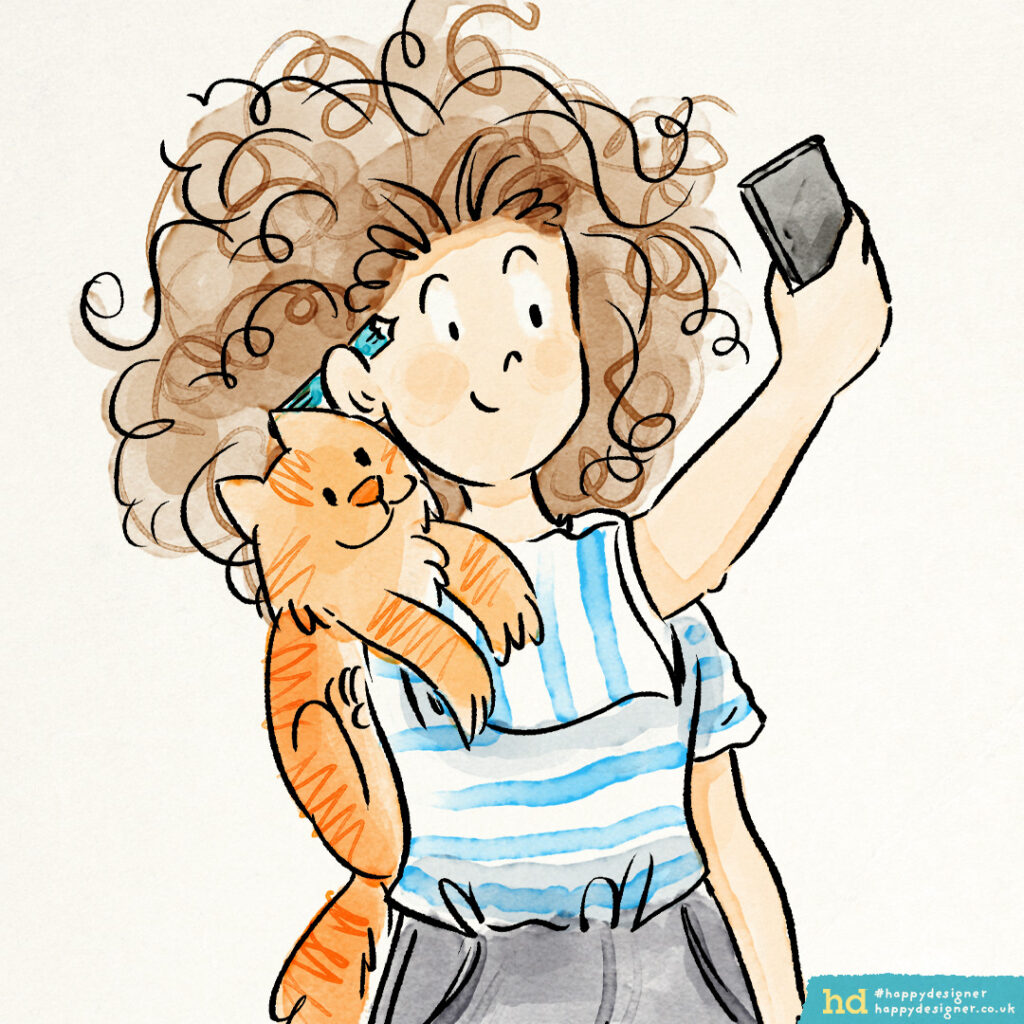
Conclusion: Cultivating Brand Loyalty
In the dynamic and competitive world of children’s book publishing, authors must prioritise strategies that cultivate brand loyalty and foster deep, lasting connections with their readers. By focusing on providing value, entertainment, and a sense of community, rather than relying solely on direct selling techniques, authors can create a strong foundation for long-term success and reader engagement.
Providing value to readers and parents through educational content, resources, and insights helps to establish authors as trusted experts and partners in a child’s learning journey. By consistently delivering high-quality, relevant content that addresses the needs and interests of their audience, authors can build brand recognition and loyalty that extends far beyond the pages of their books.
At the same time, entertaining and delighting young readers through interactive experiences, engaging multimedia content, and social media activities is essential for capturing the hearts and minds of today’s digitally savvy generation. By creating content that sparks joy, wonder, and excitement, authors can differentiate themselves from competitors and create a unique brand identity that resonates with their target audience.
Perhaps most importantly, building a strong and engaged author-reader community is the key to fostering a sense of belonging, purpose, and advocacy among fans. By encouraging participation, offering exclusive experiences, and collaborating with other creators, authors can create a vibrant and supportive network of readers who will champion their work and help to attract new audiences.
As the world of children’s book publishing continues to evolve, authors who embrace a reader-centric approach to marketing and community-building will be well-positioned to thrive. By prioritising value, entertainment, and community over direct selling, authors can cultivate the kind of deep, lasting loyalty that will carry them forward into a bright and successful future.
Transform your Children’s book with Happydesigner – Where your vision comes to life through engaging illustrations and creative design!

Further Reading
Here are some excellent resources that delve into effective strategies for marketing children’s books:
- First Time Kids Book Author – Marketing Advice – A discussion on Reddit in the r/selfpublish community where authors share personal experiences and advice on marketing children’s books, including the value of community engagement and direct marketing strategies. Explore the discussion.
- How to Successfully Market a Children’s Book – Author Media provides practical tips for children’s book authors, including starting locally and leveraging personal networks before expanding into broader markets. Learn more here.

